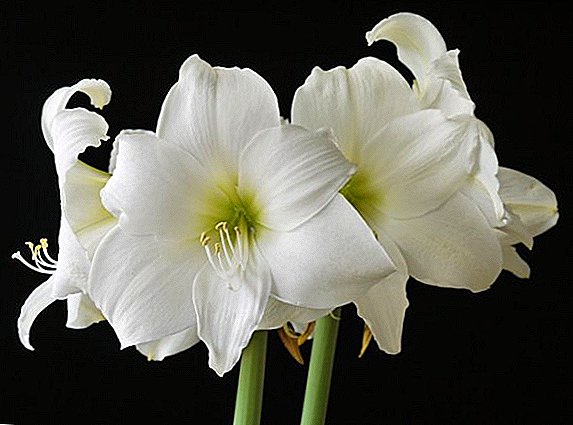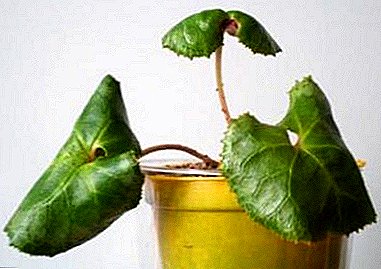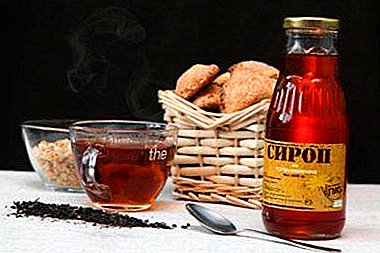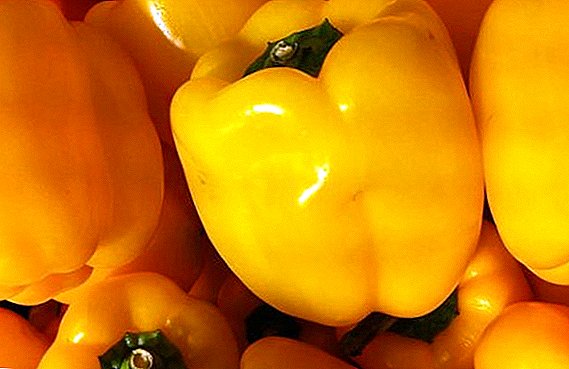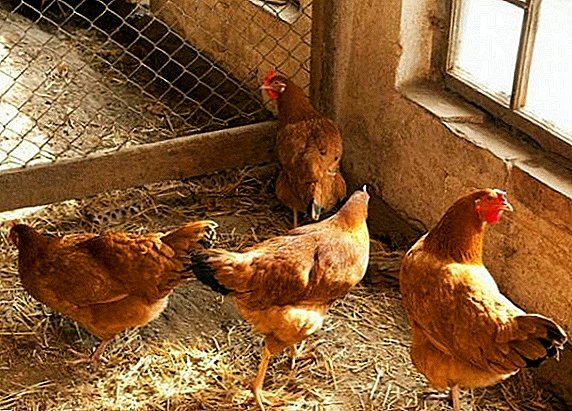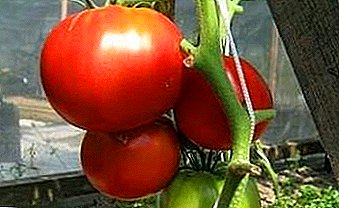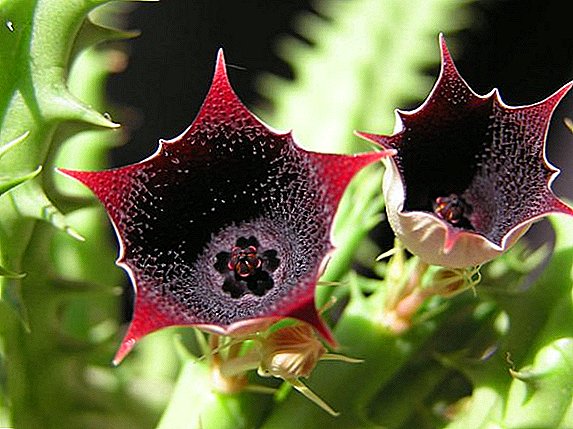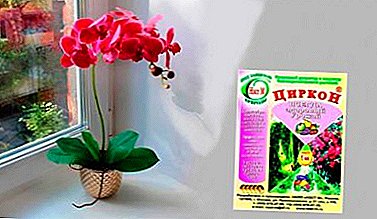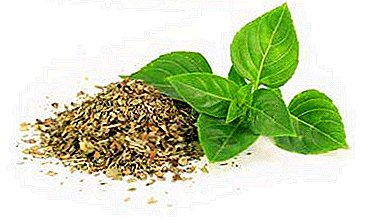
What is basil? Basil is the most popular spice that came to our continent from tropical Asia and quickly won the hearts of Europeans. Due to the individual, incomparable aroma, this spice very soon became one of the favorite seasonings in the cooks of France, Italy, Germany and other countries.
Tender greens of basil are stored for no more than a week, so soon the question arose how to keep fragrant herbs for a long time so that they are always at hand. Thus, dried basil, now an indispensable inhabitant of the supermarket spice departments, and a invited guest everywhere - from an ordinary apartment to gourmet restaurants.
What is different from fresh?
Basil when drying does not change its qualities, unlike many other spices. In the dried form, it does not lose its unique taste, the aroma also does not change and even slightly increases.
Dried basil fully retains its beneficial properties, not inferior to the fresh in content of vitamins and trace elements. The only vitamin whose content is reduced is vitamin C.
Calorie dried basil - 230 kcal. per 100 grams, of which:
- proteins 22.98 g .;
- fats 4.07 g .;
- carbohydrates 47.75 g.
Macronutrient content each of which is necessary for the human body, per 100 g .:
- potassium - 2630 mg .;
- calcium - 2240 mg.;
- magnesium - 711 mg.;
- sodium - 76 mg;
- phosphorus - 274 mg.
The content of trace elements:
- iron - 89.8 mg.;
- manganese - 9.8 mg;
- copper - 2100 micrograms;
- selenium - 3 micrograms;
- Zinc 7.1 mg.
A photo
Then you can see the photo of what dried basil looks like:




Benefit and harm
Beneficial features:
- Basil, due to the content of a variety of antioxidants, is able to beneficially affect the cardiovascular system of a person, allows you to maintain youth and health.
- It has antibacterial and antiseptic action, heals wounds, relieves fever and strengthens the nervous system.
- Modern medicine uses it as a means to combat stress, and the components of this plant are included in the composition of drugs to improve memory.
- The extract of essential oils of basil is able to heal wounds, kill germs, due to which it is often used in the preparation of gargles for sore throat, and for asthma, as an expectorant.
Contraindications to the use of basil:
- Basil greens contain mercury compounds, for this reason it is harmful to diabetics, patients with increased blood clotting, and also suffering from hypertension, angina, epilepsy.
- Carefully and moderately it should be eaten pregnant and lactating.
Important: like any plant rich in essential oils, basil can be quite a strong allergen!
How to dry at home?
 The lucky ones living in regions with a warm climate can grow several basil harvests per year and constantly have fragrant spiciness on their tables. If the climate does not allow such luxury, and the basil harvest is grown considerable, it becomes an urgent task to dry your favorite weed for the winter.
The lucky ones living in regions with a warm climate can grow several basil harvests per year and constantly have fragrant spiciness on their tables. If the climate does not allow such luxury, and the basil harvest is grown considerable, it becomes an urgent task to dry your favorite weed for the winter.
How can this be done? Whatever method you choose, the first and most important thing is to harvest in time.
The variety of basil can be any: green, purple, they are all good in dried form, provided that they are harvested before flowering.
The ideal time to gather is morning, as soon as dew has dried on the greenery. It is not necessary to harvest in the scorching rays of the sun or in the rain. If possible, dry basil should be naturally. Further details on how to dry the plant at home.
How to dry basil for the winter at home, see the video below:
Natural drying
You can expand the washed leaves on a clean cloth or tray, Cover with dust gauze and put in a warm, dark, dry and always ventilated place for about a week.
The second option is drying by hanging. Young shoots of basil need to be tied in bunches of 4-6 stalks, then hang on a rope in the attic or under a canopy. The main condition is the absence of direct sunlight and good air exchange in the room.
Drying will take approximately two weeks, readiness can be determined by the fragility of the stalks: if it breaks, it means it is dry, if it bends, we continue to dry.
Use of electrical appliances
If you apply a natural method of drying is not possible You can use the oven or electric dryer.
- Before drying in the oven, the leaves should be washed and dried on a paper towel.
- After a couple of hours, when the leaves are dry, you need to spread them out on a baking sheet covered with parchment and send them to an oven heated to 80-100 degrees.
- Leave the oven door ajar. Drying time and a half to two hours.
The electric dryer is good because it maintains the desired temperature itself and at the same time provides ventilation for the raw materials.
Washed and dried leaves are laid out on drier trays and set to a temperature of 35-40 degrees. Drying takes about 4 hours and does not require owner control.
For details on drying basil in an electric dryer, see the video below:
How to use and where to add?
 The most extensive use of dried basil is, of course, in cooking. It can be used as an independent seasoning, for example, in combination with mozzarella cheese and tomatoes, and as a part of multicomponent mixtures, such as “Italian herbs” or “Herbs of Provence”.
The most extensive use of dried basil is, of course, in cooking. It can be used as an independent seasoning, for example, in combination with mozzarella cheese and tomatoes, and as a part of multicomponent mixtures, such as “Italian herbs” or “Herbs of Provence”.
In the composition of these mixtures, basil is adjacent to dried chopped garlic, rosemary, sage, peppermint and marjoram. These spices are widely used in the preparation of:
- different types of pasta;
- baking pizza;
- They serve as an excellent seasoning for meat dishes, especially lamb, as well as chicken dishes.
In addition to cooking, in everyday life, decoction of basil is used to treat the oral cavity during stomatitis, sore throat, inhalations. To do this, in a thermos brew 2 tablespoons of dry basil to 0.5 liters of water. The decoction will be ready after 5-6 hours.
To raise the immunity of basil brewed as tea, at the rate of 0.5 teaspoon per cup of boiling water. Drink drink during the day, adding sugar, honey or raspberry jam to taste.
Storage
After drying, remove the leaves from the branches and grind them to a fine powder. Then pour into small, absolutely dry and clean glass jars and close tightly. It is advisable to sign the name of the spice and the date of preparation on the jar. Store dried basil should be in a dry, dark, cool place.
Where can one buy?
Dried basil is widely available. and as an independent spice and as part of mixtures with other spices. Sold in packaging from 10 grams, can be packaged in a paper moisture-proof bag or in a small glass jar.
 Buy this seasoning can be everywhere, from a small supermarket chain to the market or online store. The price of the smallest bag will be 15-20 rubles, a kilogram of dried greens will cost 1000-1200 rubles.
Buy this seasoning can be everywhere, from a small supermarket chain to the market or online store. The price of the smallest bag will be 15-20 rubles, a kilogram of dried greens will cost 1000-1200 rubles.
In St. Petersburg and Moscow, a large selection of this spice from various manufacturers can be found in Auchan, Lenta, Metro, Perekrestok hypermarkets.
Also dried basil is a very popular souvenir in the places of its growth, for example in the south of France and Italy. Tourists willingly purchase inexpensive, fragrant sachets as a gift to relatives and friends. The undoubted advantage of this souvenir is its low weight and versatility.
When buying dried basil should pay attention to the integrity and appearance of the package, shelf life, as well as the place of manufacture. In the market you can additionally evaluate the aroma of spices, the uniformity of the composition and the absence of impurities.
Properly cooked dried basil will be a great helper in the kitchen, diversify the usual dishes, improve immunity and vitality of all family members.


